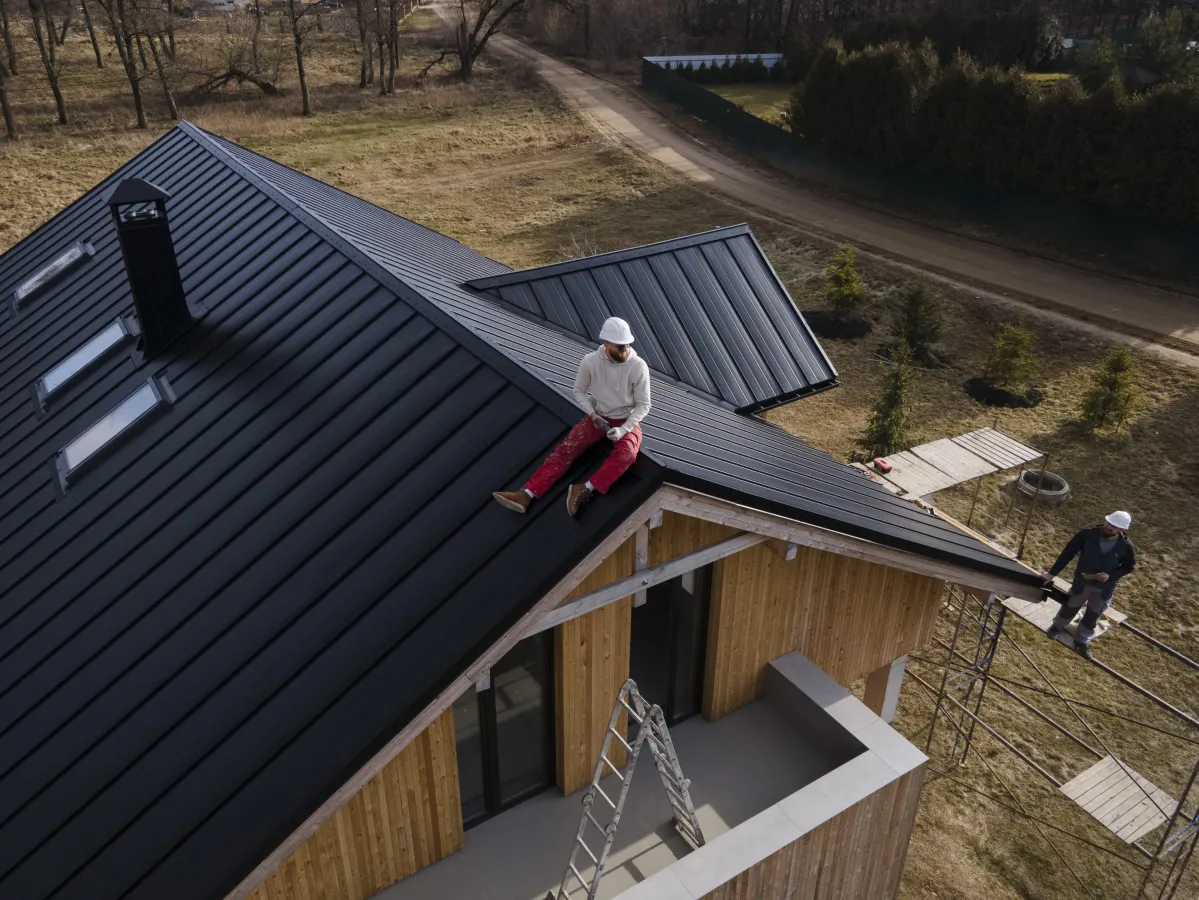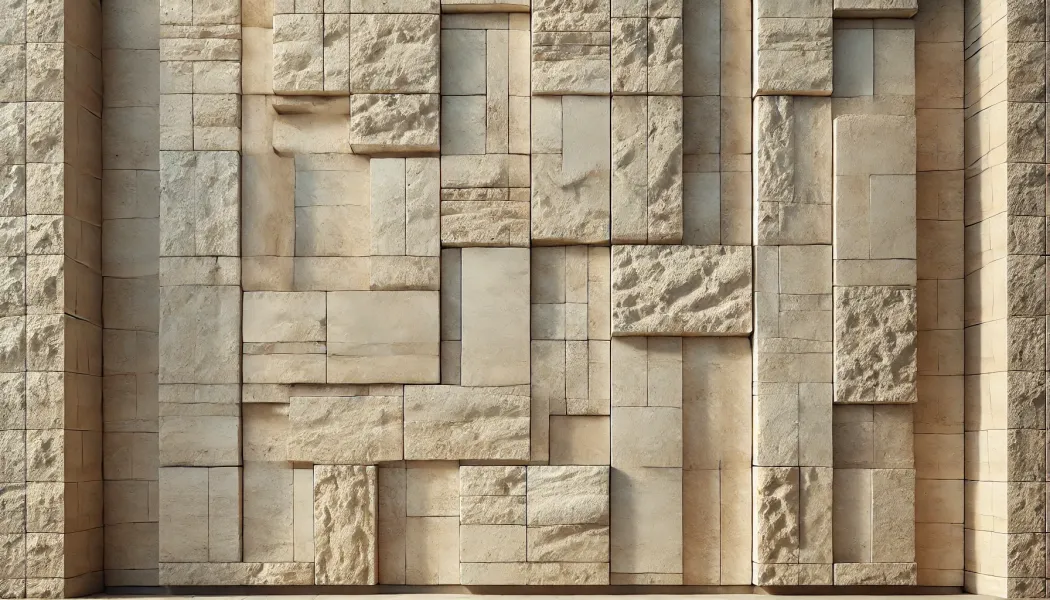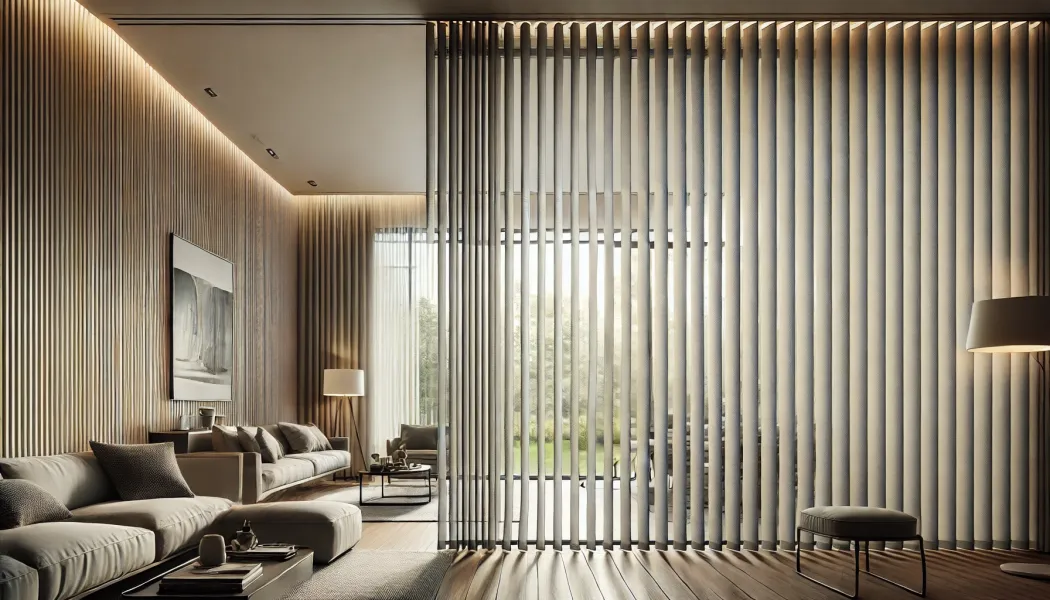Sandwich panel is a modern building finishing material consisting of two outer layers of metal profile and insulation inside. It is used for finishing walls and roofs in buildings and houses. Sandwich panels are a relatively recent invention that has become rapidly popular. The use of sandwich panels allows you to quickly and inexpensively build energy-efficient buildings.
Where are sandwich panels used?
- Industrial buildings. Hangars, boiler rooms, warehouses and other types of industrial buildings. They are ideal for this — the speed of installation, reliability and trouble-free operation make sandwich panels the optimal choice.
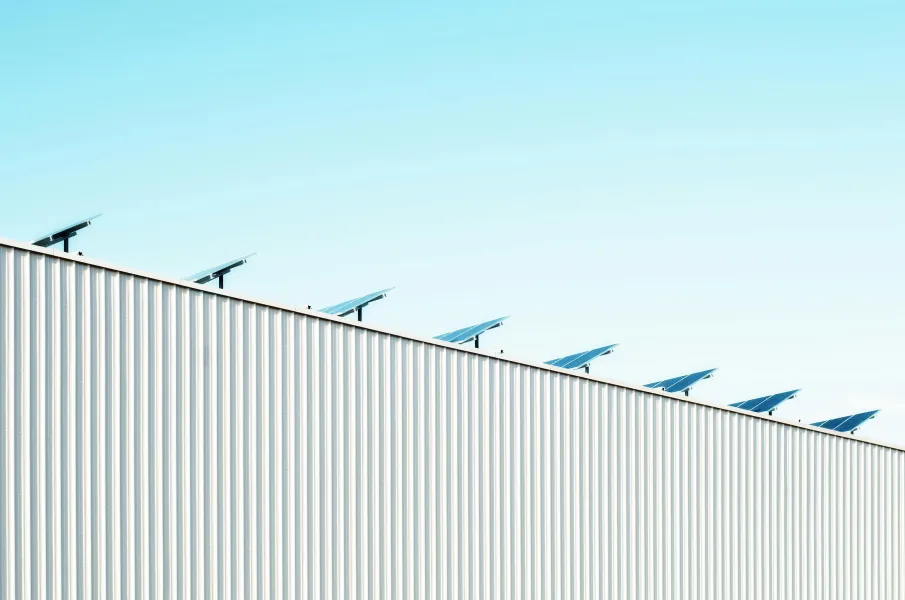
- Agricultural buildings. Sandwich panels are used to build cowsheds, pigsties, poultry houses and other types of agricultural buildings. They are always warm in winter, comfortable in summer, they do not need frequent repairs.
- Residential buildings. The construction of residential buildings from sandwich panels is still not widespread in our country, but abroad this construction technology has long been used for the construction of cottages and country houses. And this is justified — the sandwich panel building is designed for 50-80 years of service without major repairs.
Types of sandwich panels and their purpose
Sandwich panels appeared on the market not so long ago — at the end of the 20th century and quickly gained popularity. At first, most of the sandwich panels on sale were imported. Given the high demand for this type of finishing materials, domestic manufacturers began to appear offering a high-quality product at an affordable cost.
A standard sandwich panel consists of three layers:
- A sheet of metal with a polymer coating applied to it;
- Filler;
- Metal sheet that protects against moisture and mold.
The layers are bonded together with glue.
Depending on the application, sandwich panels can be:
- Wall panels;
- Roofing;
- Acoustic.
Wall sandwich panels are used for exterior wall cladding, as well as as internal partitions. Horizontal and vertical layouts are allowed.
Wall sandwich panels dimensions: thickness from 50 to 250 mm, width 1000-1150-1200 mm, maximum length 13000 mm, weight from 9.6 to 37.4 kg/sq.m. m depending on the filler.
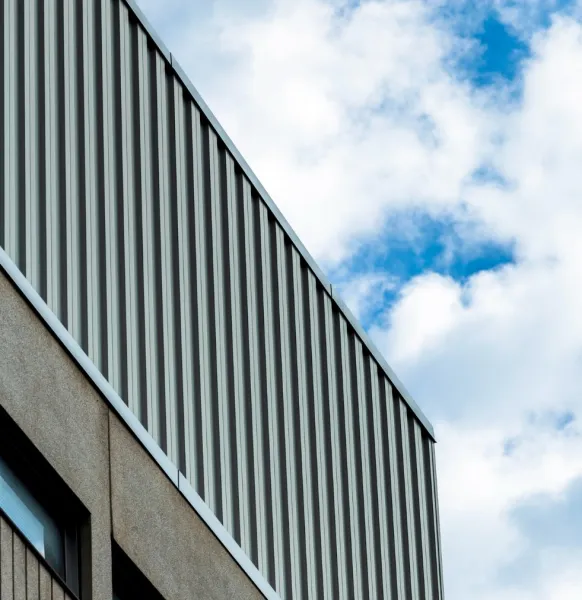
Roofing sandwich panels are used for sheathing pitched roofs.
The roofing sandwich panel has dimensions: thickness from 50 to 250 mm, width 1000 mm, maximum length 13000 mm, weight from 10.6 to 38.5 kg/sq. m, depending on the filler.
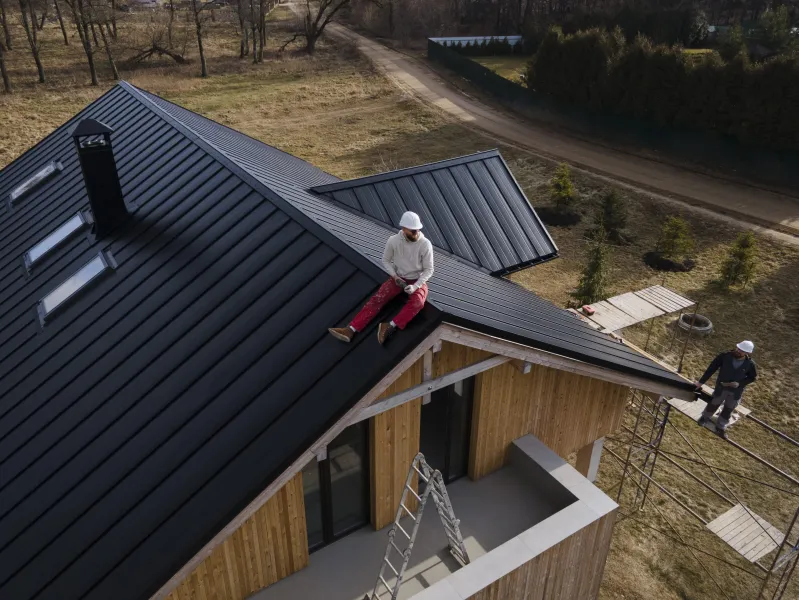
Acoustic sandwich panels are used to equip fences along noisy roads. In this case, the height of the sandwich panel and its filling are important. A sound insulation material is used as a filling.
It is important not only the type and size of the sandwich panel, but also its filling. It is usually used as a filling:
- Mineral wool. The long-known refractory material provides high sound and thermal insulation. Simple installation. Low cost. The disadvantages include heavy weight and the need for additional waterproofing.
- Polyurethane foam. One of the most effective fillers. It has zero thermal conductivity, protects against steam and water, lightweight, easy to operate. It has the only drawback — high flammability.
- Polyisocyanurate foam. An improved type of polyurethane foam, has all its advantages and is resistant to fire. The disadvantage is the high cost.
- Fiberglass. A fibrous material known as glass wool. In its properties, it is similar to mineral wool. Durable and safe material, easy to install, fireproof. The disadvantages include the need for waterproofing.
- Expanded polystyrene. Modern material with good thermal insulation. Durable, resistant to water, chemicals and UV rays. The disadvantage is that it burns well and promotes the spread of fire.
- Combined filling. Sandwich panels can use different fillers — polyurethane and glass wool and other combinations. They are arranged in layers that are glued together.

Sandwich panels and polymer coating of the top layer differ. Most often, it is used for this purpose:
- Polyester — has high hardness and affordable cost, can be used at low temperatures.
- Polydifluoride — has a thickness of 25 microns, is used at temperatures from -60 ° C to +120 ° C, is resistant to mechanical influences.
- Pural is made on the basis of polyurethane, resistant to ultraviolet light, chemicals, and temperature changes.
- Plastisol is one of the most popular PVC—based coatings and plasticizers. Resistant to scratches and deformation.
Sandwich panels also differ in the type of locking connections:
- Spike-groove;
- Z-Lock;
- Secret-Fix;
- Roof-Lock;
- Folded.
If the width of the sandwich panel is large, it is recommended to use a modification with a Z-Lock lock. The option when the sandwich panel has a standard size and an aesthetic component is important, it is better to choose a Secret-Fix mount, it has no joints and is completely invisible.
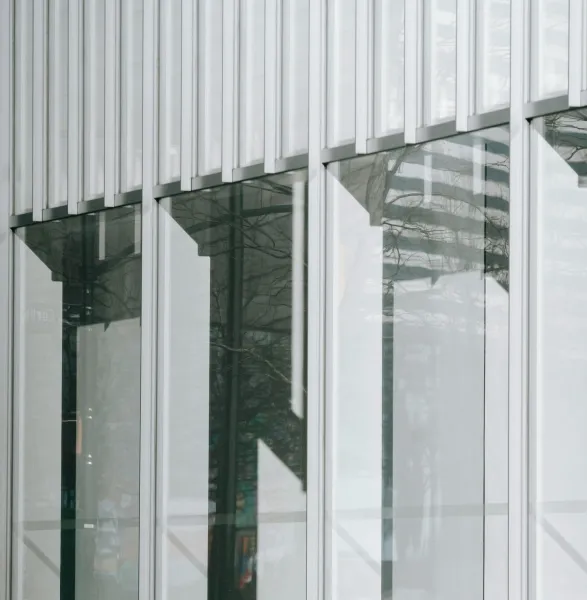
Advantages of sandwich panels
Sandwich panels quickly gained popularity, they are used for the construction of shops, car dealerships, office and administrative buildings, hospitals and hotels. This demand for sandwich panels is explained by the advantages of this technology.
- Construction costs. Compared with traditional construction technology, the use of sandwich panels can significantly reduce the cost of construction due to the cost of building materials, labor costs for workers.
- Duration of construction. The use of sandwich panels can significantly reduce the construction time. If it takes about 5-6 months to build a small brick building, then a similar building can be built from sandwich panels in a month.
- Convenience. The installation of sandwich panels does not require water, whereas other building materials require a lot of water.
- Excellent technical specifications. Sandwich panels are durable, not afraid of moisture, do not change their properties. They have good thermal and sound insulation, are not susceptible to the spread of fungi and mold. They are maintainable, any damaged structural element can be easily replaced with a new one.
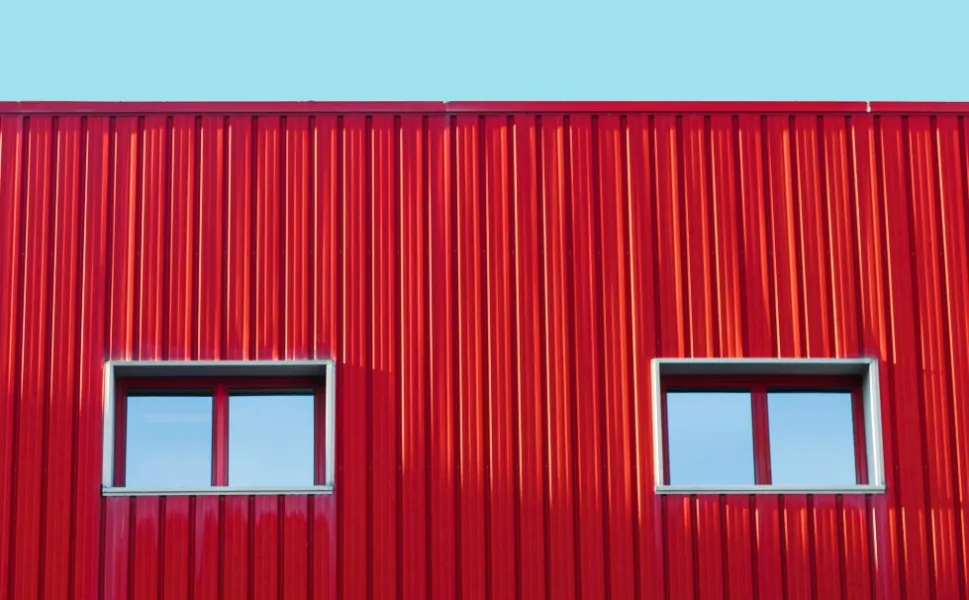
- Sandwich panel sizes are available in several variants, which allows you to choose the best option, taking into account the specifics of the project.
- Fire safety. Modern materials of high quality are used for the production of sandwich panels, they are not subject to combustion and are resistant to fire. The high level of fire safety is confirmed by the relevant certificates.
- Easy installation. Construction using sandwich panels does not require much time and specific knowledge. The panels are light in weight, their installation is easy and fast.
- Spectacular appearance. Sandwich panels are available in a wide range of colors, with their help you can realize the most unusual projects.
- Mobility. The plates have standard dimensions, light weight, and can be easily transported to the construction site. Also, one of the advantages of sandwich panel structures is the ability to quickly dismantle and move the building to another location.
Sandwich panels also have their drawbacks, which include:
- Compared to stone and brick buildings, sandwich panel structures are less durable, they need a high-strength frame. There are strict restrictions on the additional load.
- In severe frost, sandwich panels may freeze at the joints.
- They are not suitable for creating complex architectural forms.
Standard sizes of sandwich panels
The sandwich panel width, length and thickness have a standard value, it differs for wall and roof panels.
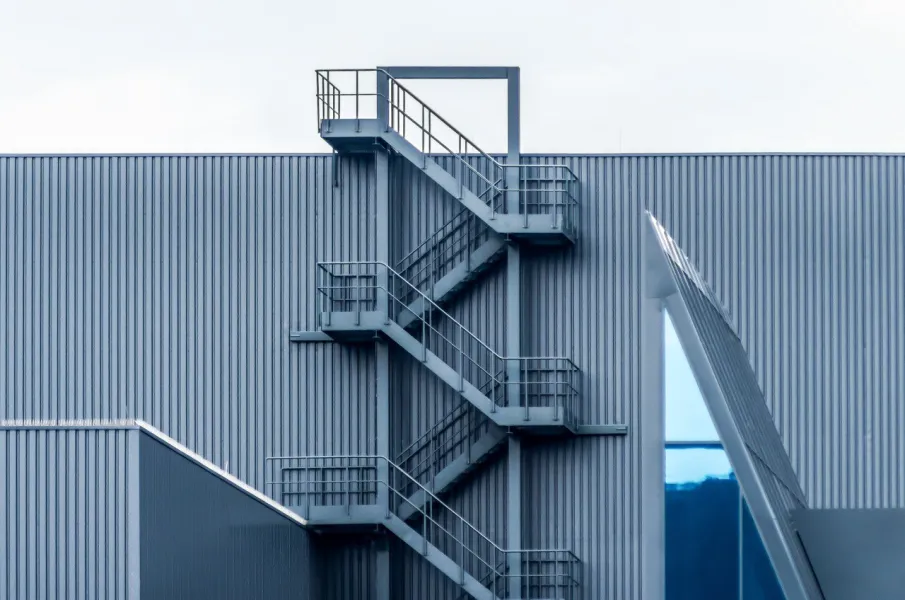
The working width of sandwich panels for walls can be:
- 1000 mm;
- 1160 mm;
- 1185 mm;
- 1190 mm.
At the same time, the width of the roof sandwich panel is usually 1000 mm. The length of sandwich panels of all types does not exceed 13,500 mm. The thickness of sandwich panels can be from 30 mm to 250 mm, and depends on the type of filler used and the purpose of the panel.
The outer layer of the panels is made of galvanized steel 0.5-0.7 mm thick with a polymer coating of the outer layer. To glue the outer layers with a filler, a two-component polyurethane-based adhesive is used.
The finished sandwich panels are also protected on both sides by a protective film coating.
The color of the exterior coating of sandwich panels can be absolutely any, you can choose it from the RAL color catalog.
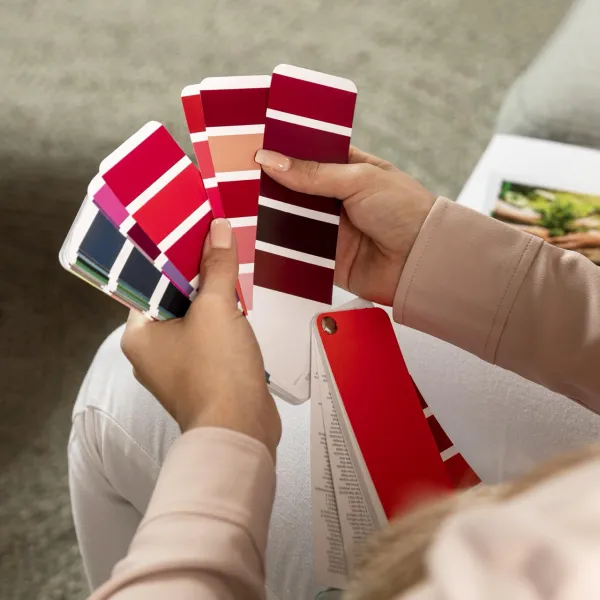
Most manufacturers offer the manufacture of panels in a wide range of colors, usually based on the PAL color palette. A large selection of colors will allow you to implement any design solution. The polymer coating is resistant to fading and mechanical damage, it will retain its color for many years.
How to choose sandwich panels?
In order for a finished building built using sandwich panels to serve for a long time and meet the stated technical characteristics, it is important to choose the right thickness of sandwich panels. It is also important to consider the weight and type of filler. It is best to contact specialists who will be able to calculate the required thickness of the panels, taking into account the climatic features of the area and the planned operating conditions of the building.
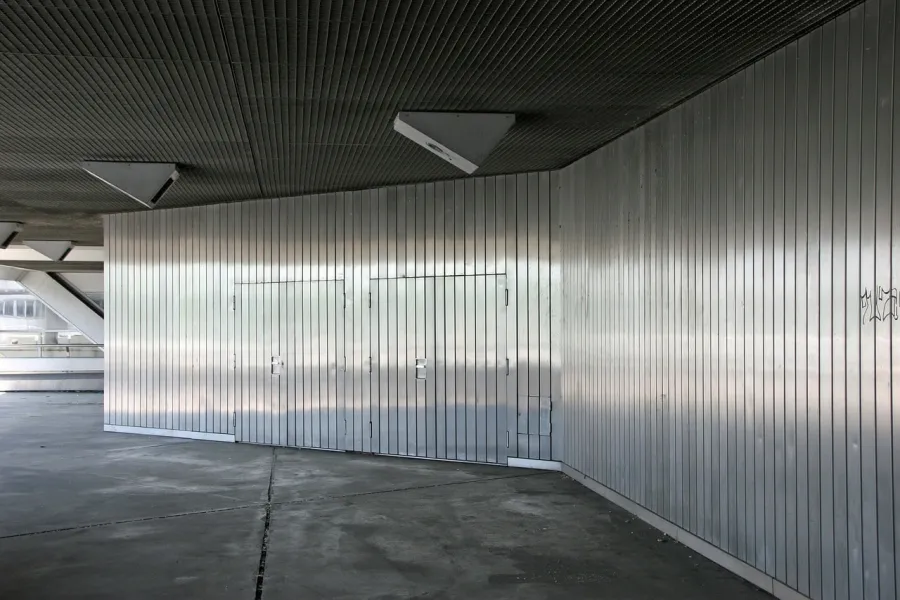
For effective heat preservation inside the room, the thickness of the sandwich panel and its filling play a key role.
For example, if the building is to be operated in a region with hot summers, lots of sun and mild winters with plus temperatures, the thickness of wall panels in residential buildings should be 40-60 mm, roofing — 60 mm, for public buildings — 30-50 mm and 50 mm, respectively.
The colder the climate, the thicker sandwich panels are needed, for example, in the north wall panels should have a thickness of 120-170 mm, roofing panels — 140 mm.
It is allowed to use thicker panels than the recommended parameters. In this case, the thickness reserve will serve as a safety net in case of adverse weather conditions, and will also reduce heating costs due to better thermal insulation.
It is equally important to choose the right supplier, because the quality of the materials used, as well as compliance with production technology, determines how the building will show itself in the future.
Conclusions
When choosing sandwich panels, you should not focus only on the lowest cost on the market, a more rational criterion for choosing is trust in the manufacturer and his reputation, the availability of reviews and facilities built from supplier materials.
